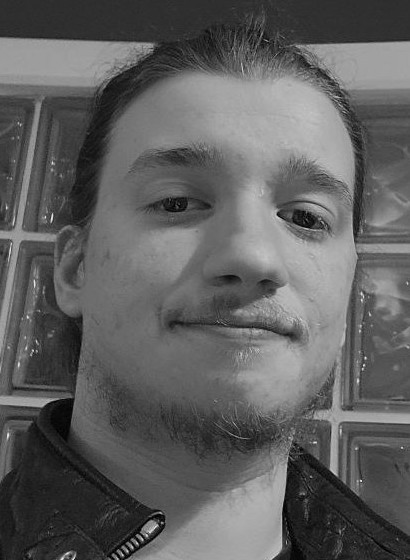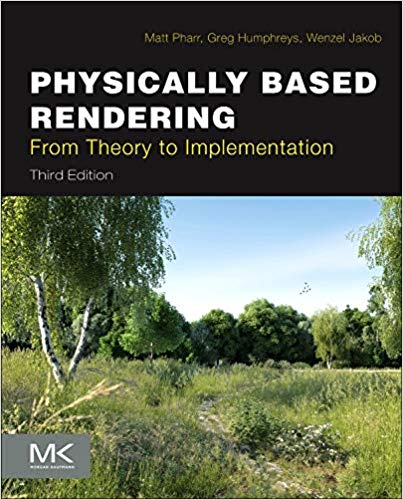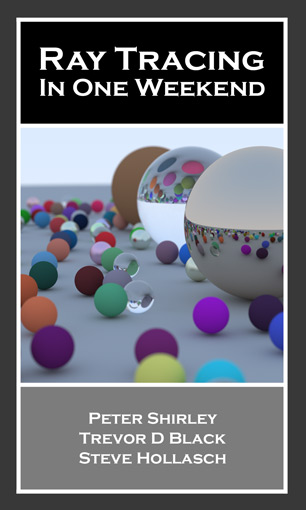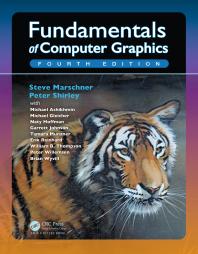| # |
Lecture Title |
Reading |
Date |
Slides |
| 1 |
Introduction |
|
18/09 |
.pdf |
| 2 |
Graphics tools |
|
21/09 |
.pdf |
| 3 |
Imaging: radiometry and photometry |
18.1, 18.3 and Ch. 19 from FCG |
25/09 |
.pdf |
| 4 |
Cameras |
Ch. 6 from FCG |
28/09 |
.pdf |
| 5 |
Basic Modelling |
Blender intro: model a bench |
02/10 |
.pdf |
| 6 |
Raytracing: introduction |
This article. |
05/10 |
.pdf |
| 7 |
Raytracing: advanced |
|
09/10 |
.pdf |
| 8 |
Numerical integration |
|
12/10 |
.pdf .zip (code) |
| 9 |
Monte Carlo |
this document |
16/10 |
.pdf .zip (code) |
| |
- - - - - - - - No Lecture - - - - - - - - - |
|
19/10 |
| 10 |
C++ Programming with GPT and co-pilot |
|
23/10 |
| 11 |
Presentations: CW1 |
|
26/10 |
| 12 |
Presentations: CW1 |
|
30/10 |
| 13 |
Light transport: path tracing |
|
02/11 |
.pdf |
| 14 |
Sampling and reconstruction |
Ch 9 |
06/11 |
.pdf |
| 15 |
Sampling II |
Slides from our course at SIGGRAPH |
09/11 |
Part 1 and 2 |
| 16 |
Volume Scattering |
|
13/11 |
Part 1 and 2 |
| 17 |
Video lecture: Fast rendering pipelines I |
|
16/11 |
via Learn Ultra |
| 18 |
Video lecture: Fast rendering pipelines II |
|
20/11 |
via Learn Ultra |
| 19 |
Machine learning in rendering, conclusion and goodbyes |
|
23/11 |
.pdf |
* tentative topic-list (above) may be adapted to accommodate dynamic requirements.





